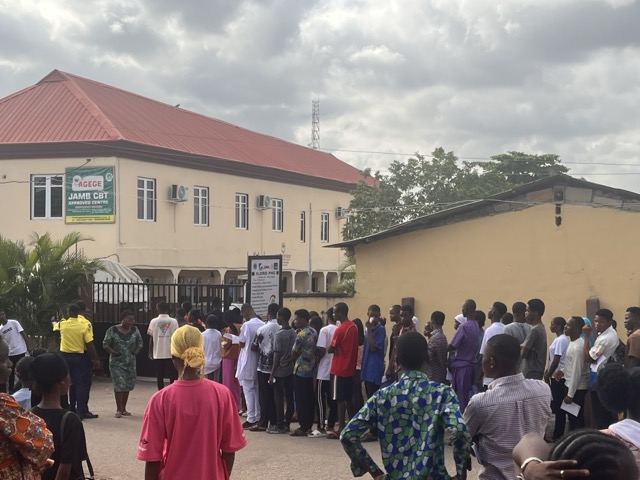Maternity services at East Kent Hospitals make 'significant improvements' following serious failures | ITV News Meridian
Maternity services at East Kent Hospitals have been rated as 'good' by the Care Quality Commission (CQC). Inspectors say services at the William Harvey Hospital in Ashford and the Queen Elizabeth The Queen Mother Hospital (QEQM) in Margate have made significant improvements, since its last inspection in 2023.
Both units, which are run by East Kent Hospitals University NHS Foundation Trust, were rated as ‘good’ for being caring, effective, responsive and well-led, following an inspection in December 2024.
The team found that the women and babies were protected and kept safe; that the units were clean and well-maintained; that there were enough staff who were well-trained; and that the units had a good learning culture, where people could raise concerns.
However, it found that the outdated hospital buildings meant some clinical areas and labour rooms in both units are too small and lack en suite facilities, compromising the care staff are able to give, and that there is currently only one obstetric theatre at Queen Elizabeth The Queen Mother Hospital.
The CQC therefore rated the units as ‘requires improvement’ for ‘safe’.
The CQC's findings come three years after Dr Bill Kirkup's damning report into standards of maternity services in East Kent.
The investigation looked at hundreds of cases at the QEQM and William Harvey Hospital from 2009 to 2020 and found that if women and babies had received nationally recognised standards of care then 45 babies may have survived, 12 babies may not have suffered brain injury and 23 women who died or were injured could have had a different outcome.
East Kent Hospitals University NHS Foundation Trust Chief Executive, Tracey Fletcher, said: “The reports published by the CQC today reflect the significant hard work and dedication of staff across the maternity service.
“This is an important milestone in our continuing work to improve our services and embed the lessons outlined in the ‘Reading the Signals’ report into our Trust, published by Dr Kirkup in 2022.
"I want to reiterate, particularly to the families affected by the failings in care described in the ‘Reading the Signals’ report, our commitment to continue to improve our services and work to provide the highest standard of care for our communities."
Serena Coleman, CQC’s deputy director of operations in Kent, said: “When we inspected maternity services at both William Harvey Hospital and Queen Elizabeth The Queen Mother Hospital, we found significant improvements and a better quality service for women, people using the service and their babies.
"Our experience tells us that when a service isn’t well-led it’s difficult for them to provide good care in other areas.
"This turnaround in ratings across both services demonstrates what can be achieved with strong and capable leaders who focus on an inclusive and positive culture.
“We saw the positive impact of improved staffing and culture at both hospitals. Women told us about feeling well-supported throughout birth, with one QEQM mother describing how a midwife stayed after her shift finished to provide continuous support during a difficult labour.
“Leaders had taken steps to improve the physical environment across both hospitals where they were able to, and safety risks posed by the estate and ward environment were being managed and mitigated more effectively.
"However, concerns remain about the size of the labour rooms which were not always big enough to include essential equipment such as infant resuscitaires.
“Resuscitaires were now located directly outside each labour room to ensure quick access and avoid mothers and babies being separated for lengthy periods of time in situations where babies required resuscitation following birth.
“Leaders had similar problems at QEQM hospital. The small room size and lack of air conditioning impacted on women’s comfort and as at WHH, their ability to move around freely during labour.
“However, the trust has made good progress and now need to demonstrate that they can embed, sustain and build on these improvements going forward.”











